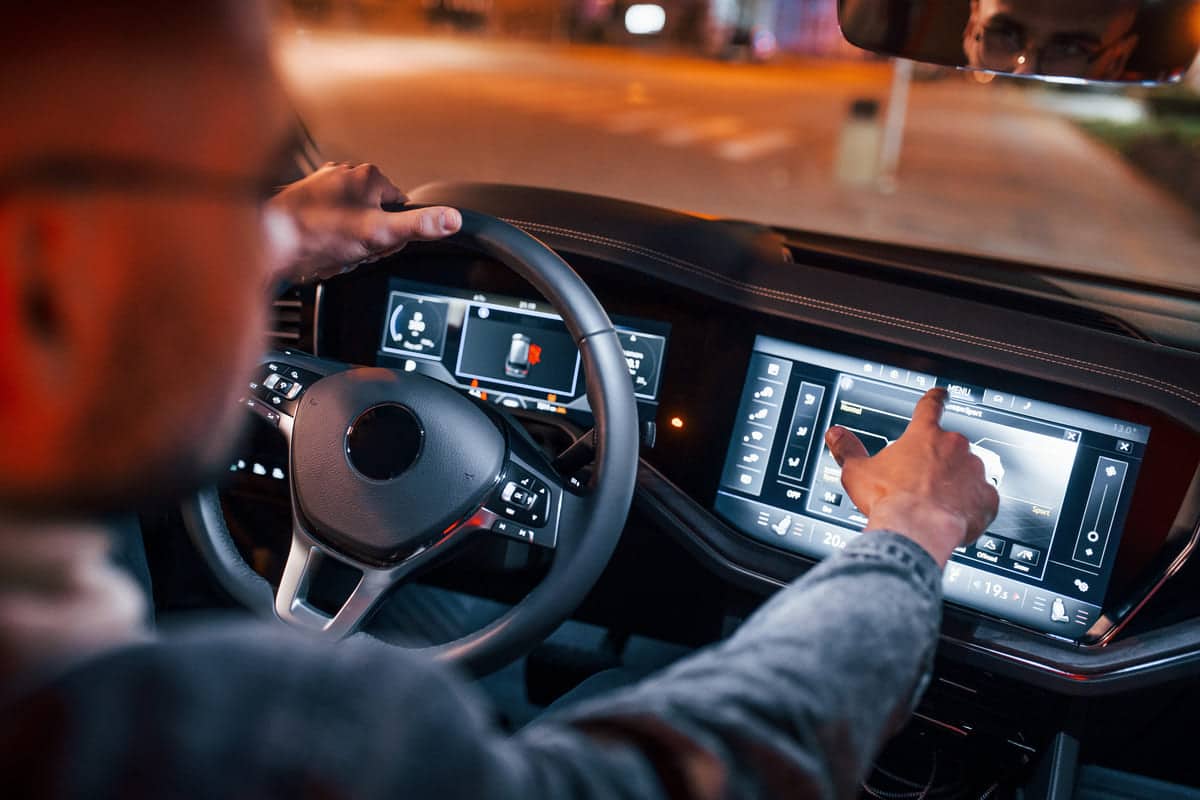Automotive electronics have come a long way over the years, changing the automotive industry with new technologies. These have not only improved vehicle efficiency but also connectivity and , for the future of electric and autonomous cars.
What is an Automotive Electronics?
Automotive electronics are the electronic systems in cars that control various functions. Engine systems, entertainment units and safety features. They make cars run more efficiently and safer.
For example the controls fuel and ignition. Infotainment systems play music and navigation. Safety features like airbags and anti-lock brakes rely on electronics to work.
References
- Automotive Electronics. ScienceDirect. Retrieved from
- Automotive electronics. Wikipedia. Retrieved from
What is the History of Automotive Electronics?
The history of automotive electronics started in the 1930s with vacuum tube radios. In the 1950s electronics made up 1% of a car’s cost. After World War II semiconductors became more common and in the 1960s solid-state diodes.
This made alternators standard. The first transistorized ignition systems appeared in 1963. MOS technology developed in 1959 changed automotive electronics. In the 1970s MOSFETs and microprocessors enabled automotive applications.
By the 1980s electronic systems controlled engine functions, improving fuel efficiency and reducing emissions. Today cars have numerous processors for various systems, from safety to entertainment.
References
- Automotive electronics – History. Wikipedia. Retrieved from
- Automotive Electronics: What Are They and How Do They Differ from Normal Electronics?. Power Electronics News. Retrieved from
What are the Types of Automotive Electronics?
Automotive electronics have changed how cars work, making them more efficient and reliable. From controlling the engine to entertainment, these systems are part of our daily driving experience.
- Engine Electronics: These systems control engine functions like fuel injection and . They optimize engine performance, fuel efficiency and reduce emissions. By monitoring engine parameters they ensure smooth and reliable operation, adapting to changing driving conditions for optimal performance.
- Electronics: These systems control gear shifting in automatic and semi-automatic transmissions. They ensure smooth gear transitions, improve driving comfort and fuel efficiency. By coordinating with engine electronics they optimize power delivery and reduce wear on transmission components.
- Chassis Electronics: These include and ESC. Chassis electronics improve vehicle handling and safety by preventing lockup during braking and maintaining stability during sudden maneuvers. They help drivers to stay in control in difficult conditions.
- Safety Electronics: These include airbags and collision avoidance technologies. Safety electronics protect occupants by deploying airbags in crashes and warning drivers of potential hazards. Advanced systems can even take preventive actions like automatic braking to avoid collisions.
- Infotainment Systems: These provide entertainment and information to passengers. Features include navigation, and connectivity like Bluetooth. Infotainment systems make the driving experience better by providing easy access to music, directions and smartphone integration, keeping passengers entertained and informed.
- Driver Assistance Systems: These technologies help drivers to drive more safely and efficiently. They include features like adaptive and lane departure warning. By monitoring the surroundings these systems prevent accidents and reduce driver fatigue.
- Body Electronics: These include power windows, mirrors and seat controls. Body electronics make vehicle more convenient and comfortable by allowing easy adjustments to various components. They improve user experience by providing personalized settings and simplifying vehicle operation.
- Powertrain Electronics: These systems manage the power delivery from the engine to the wheels. They optimize performance and efficiency of hybrid and electric vehicles by controlling the flow of electricity and managing usage, ensuring smooth and efficient powertrain operation.
References
- Types of Automotive Electronics. Wikipedia. Retrieved from
- Basics of Automotive Electronic Systems. Monolithic Power Systems. Retrieved from

How is the Automotive Electronics Testing Done?
Automotive electronics testing ensures the reliability and safety of electronic systems in vehicles. Engineers start by using simulation tools to test electronic circuits. These tools help to identify issues before physical prototypes are built.
Then they do hardware-in-the-loop (HIL) testing. This involves connecting real electronic components to simulation systems, simulating real world conditions. HIL testing evaluates system performance under different scenarios, to ensure components work together seamlessly.
Engineers also do environmental testing. This tests electronics in extreme temperatures, humidity and vibrations. It makes sure components can withstand harsh driving conditions without failing.
Functional testing follows, where each system is tested. Engineers check that systems like ABS and airbags work. This step ensures safety features work when needed.
Finally engineers do end-of-line testing. This tests the final product for defects before it leaves the factory. This includes automated tests to make sure all electronics meet spec.
All testing is documented. This helps to spot trends and improve future designs, so automotive electronics can get better.
References
- Automotive Electronics Testing. Keysight. Retrieved from https://www.keysight.com/blogs/en/tech/educ/2024/automotive-electronics-testing


